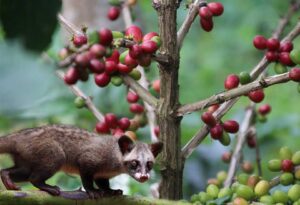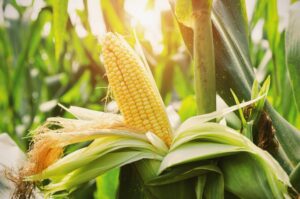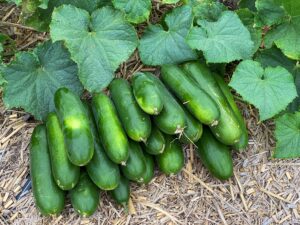
What Is a Leaf?
A leaf is one of the most important parts of a plant. It is usually thin, flat, and green, and it grows from the stem or branch of a plant. Leaves are sometimes called the “food factories” of plants because they play a major role in photosynthesis, the process that allows plants to make their own food using sunlight, water, and carbon dioxide.
Structure of a Leaf
Each leaf has several key parts that work together to help the plant survive:
- Lamina (Leaf Blade): The flat, wide part of the leaf that captures sunlight.
- Petiole: The stalk that connects the leaf to the stem.
- Midrib: The main vein running through the center of the leaf.
- Veins: Tiny lines that transport water, nutrients, and food throughout the leaf.
- Stomata: Small openings on the leaf surface that allow gases to move in and out.
ALSO SEE : The Process of Waves Formation in the Ocean: Causes and Full Explanation
Functions of a Leaf
Leaves perform many vital roles in plant life, including:
- Photosynthesis: Using sunlight to make food (glucose) for the plant.
- Transpiration: Releasing excess water through the stomata to help cool the plant.
- Gas Exchange: Taking in carbon dioxide and releasing oxygen into the atmosphere.
- Storage: Some leaves store water or nutrients, especially in desert plants like succulents.

Types of Leaves
Leaves come in many shapes, sizes, and forms. Common types include:
- Simple Leaves: Have a single undivided blade (e.g., mango, guava).
- Compound Leaves: Divided into smaller leaflets (e.g., neem, rose).
- Evergreen Leaves: Stay green year-round (e.g., pine, holly).
- Deciduous Leaves: Fall off during certain seasons (e.g., maple, oak).
Importance of Leaves
Leaves are essential not just for plants, but for all living things on Earth. They:
- Produce oxygen for humans and animals.
- Absorb carbon dioxide, helping to reduce greenhouse gases.
- Provide food and medicine in many cultures.
- Contribute to ecosystem balance and biodiversity.
- Enhance natural beauty and environmental health.
Conclusion
Leaves may seem simple, but they are vital organs of plants and a key part of life on Earth. By understanding their structure and functions, we gain a deeper appreciation for nature’s design and the role leaves play in sustaining all living beings.
ALSO SEE : Exploring the Floating Villages of Inle Lake, Myanmar






